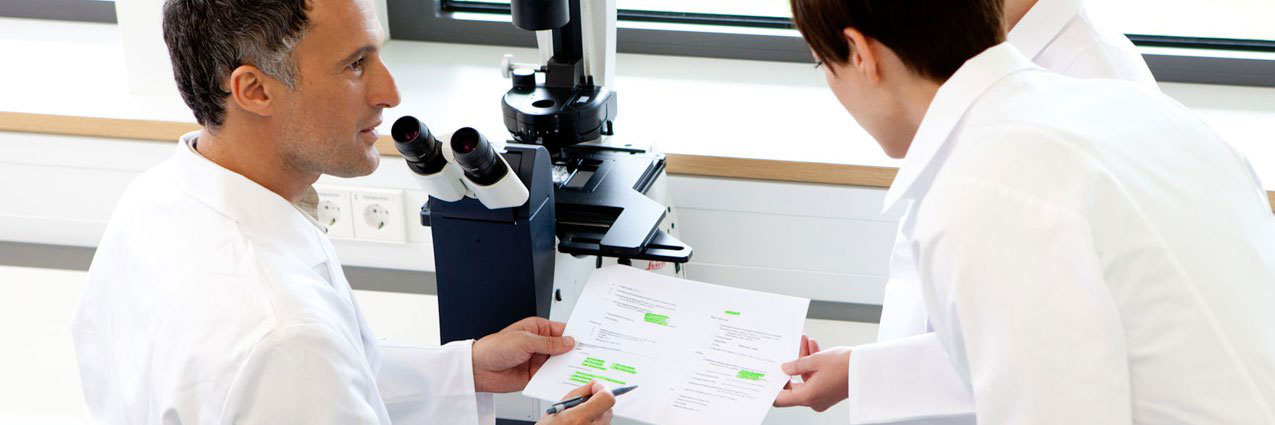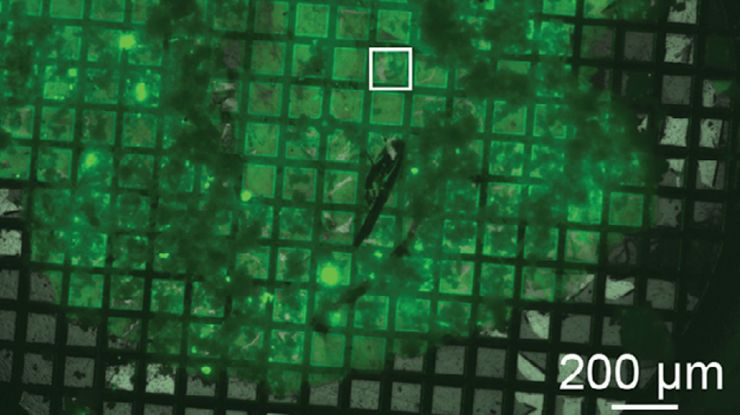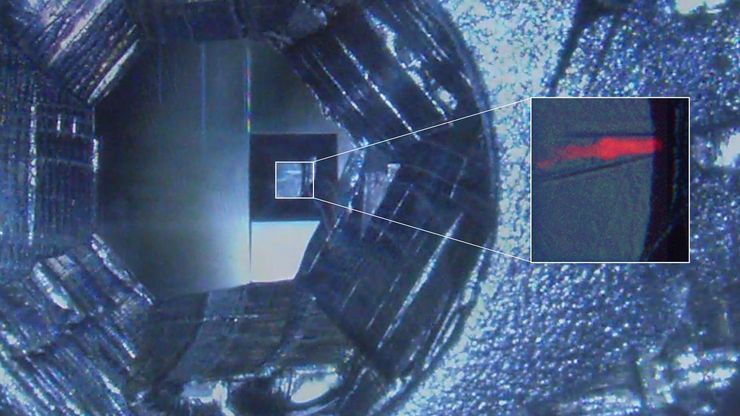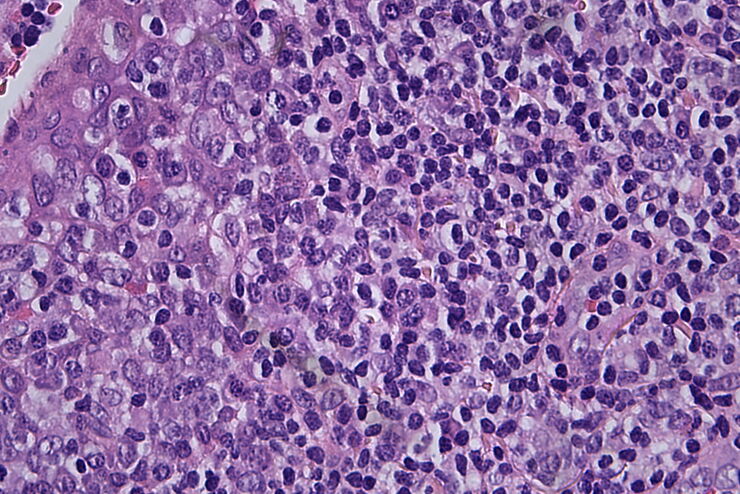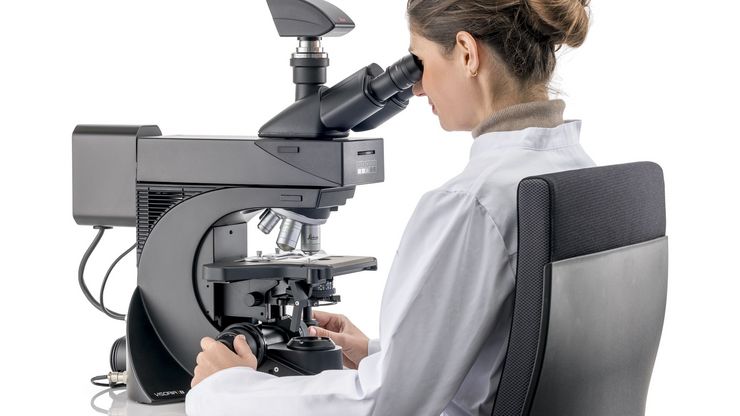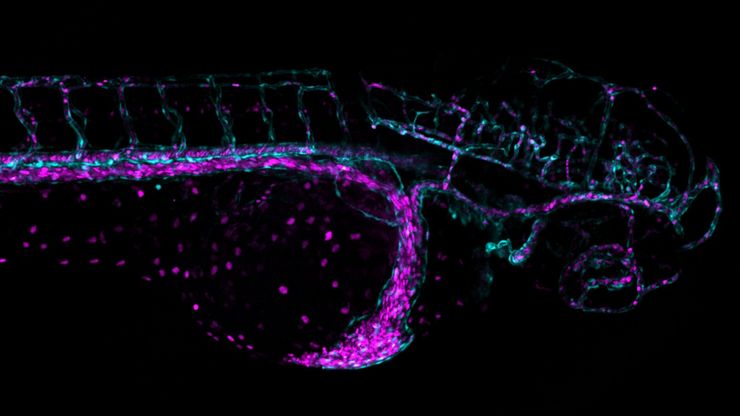Thank you for your message
We will use the information you provide to process your request and to maintain a record of your request and our response. We will aim to complete your request as soon as reasonably practicable and consistent with any applicable laws.
A member of our Leica team will come back to you shortly with the information you requested.
